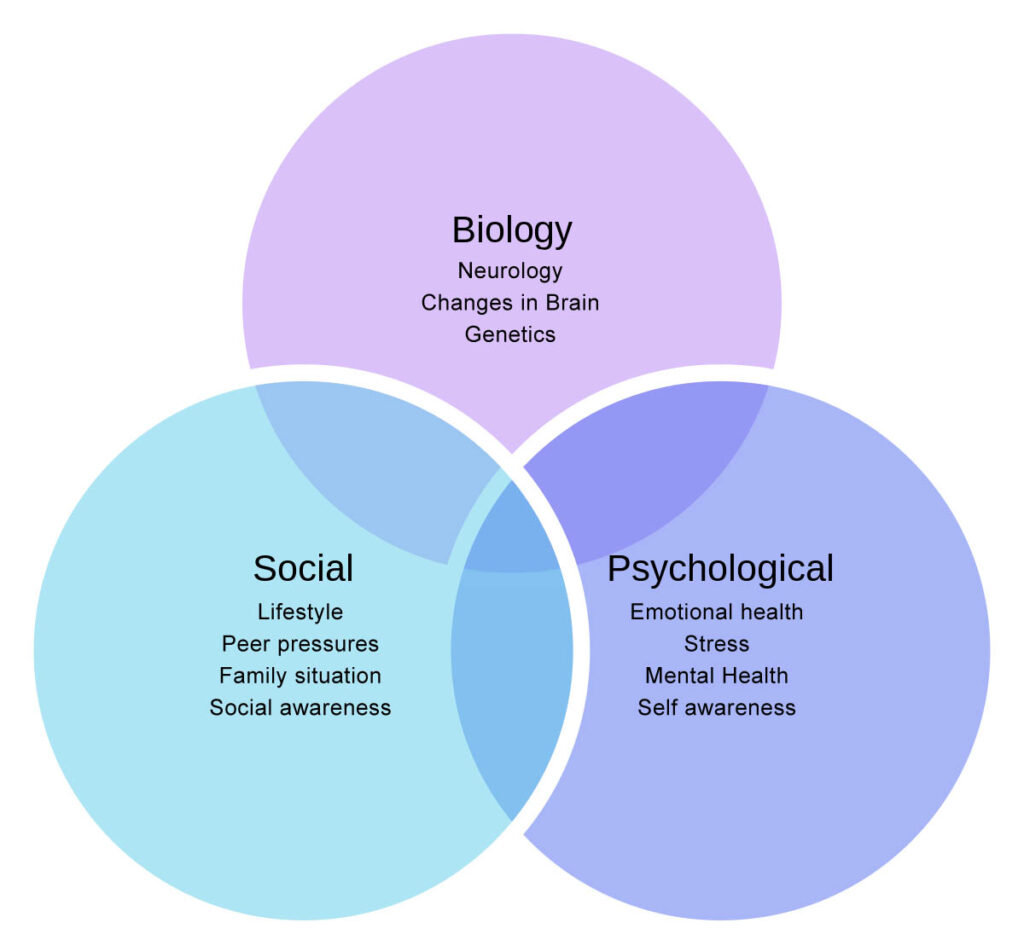That addiction is a problem, to the individuals suffering with it, families & the wider society, is not in doubt. To explain this problem there are various “models”. A model is a way of thinking about it; a theory.
One prevalent model is that addiction is a moral flaw, a character failing, a weakness with a simple remedy: “just say no”. As well as stigmatizing addicts as morally inferior people, it is not inseparable from a societal approach to the infrastructure of illegal drug use, treating it as a criminal issue. However, the most commonly used and arguably most dangerous addictive substance, alcohol, is largely free of these judgements, despite the devastating social, psychological & medical impacts of alcohol addiction.

While the “moral-failing” model is still surprisingly common as an attitude, the prominent model currently in use amongst professionals refers to addiction as a disease; specifically a brain disease. The evidence for this model can be demonstrated by brain scans, showing changes in the brain of the addict. There are several problems with the model. Firstly, it can disempower people by suggesting that the remedy to addiction lies outside of their control. Secondly, it implies a medical solution to addiction: medication, which simply exchanges one addiction for another. Finally, evidence from neuroscientists strongly suggests that far from being a disease, the changes that take place in the brain are actually a completely natural physiological response to a learned behaviour.
The Bio-Psycho-Social Model
The Biopsychosocial model is all-encompassing and looks at how three factors combine and interact to influence a person’s substance misuse or behaviour. All three areas need to be considered when supporting a person to become abstinent and maintain recovery.

Biological factors are discussed on the Neuroscience page.
Social factors are discussed on the Community and Tree of Addiction pages.
Psychological factors are discussed on the Self-Awareness page

